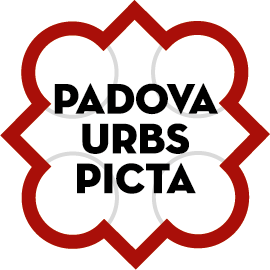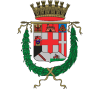It was the condottiero’s family who, after Gattamelata’s death in 1443, commissioned the monument from the great sculptor Donatello. Their intention was to create a great monumental sepulchre in bronze that glorified the memory of the deceased. In fact, if you look to the sides of the tall trachyte pedestal you can see two doors: the open door of death and the, now closed, door of life.
This special commission gave Donatello the chance to measure himself against the works of Classical Antiquity: since the fall of the Roman Empire, no bronze sculpture had been on this scale or required such a high level of technical expertise. Donatello took his inspiration from the equestrian statue of Marcus Aurelius, and given the sheer weight of the cast statue decided to depict the horse as resting its raised hoof on a cannonball – a detail which reflects the recent introduction of firearms into warfare.
Shown bare-headed and wearing a massive suit of fifteenth-century armour, the condottiero holds the rod of command in his right hand; the saddle is also a modern one for the time. However, there are echoes of Classical Antiquity in the decorative details of Gattamelata’s armour – from the head of the Medusa on his breastplate to the putti musicians around his belt. The portrait of the condottiero, who is shown austere and determined, was probably based on the profile depiction of Gattamelata to be seen on a medallion struck around this time.
- DISCOVER
- LIVE
FOCUS
- GET INSPIRED
FOCUS
- INFO
- BOOK NOW












